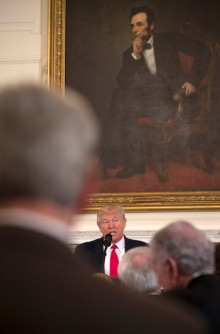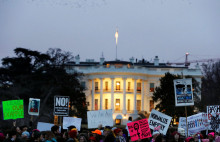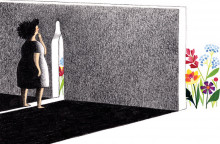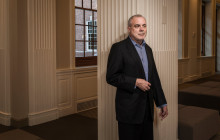Enlightened America?

Are we Americans enlightened? David Brooks gave us something to think about in a recent piece in the New York Times. Here is part of what he shared:
“When anti-Enlightenment movements arose in the past, Enlightenment heroes rose to combat them. The Enlightenment included thinkers like John Locke and Immanuel Kant who argued that people should stop deferring blindly to authority for how to live. Instead, they should think things through from the ground up, respect facts and skeptically re-examine their own assumptions and convictions.”
“De Tocqueville came along and said that if a rules-based democratic government was going to work anywhere it was going to be the United States. America became the test case for the entire Enlightenment project. With his distrust of mob rule and his reverence for law, Abraham Lincoln was a classic Enlightenment man. His success in the Civil War seemed to vindicate faith in democracy and the entire Enlightenment cause.”
The forces of the Enlightenment have always defeated the anti-Enlightenment threats. When the Cold War ended, the Enlightenment project seemed utterly triumphant. But now we’re living in the wake of another set of failures: the financial crisis, the slow collapse of the European project, Iraq. What’s interesting, Hill noted, is that the anti-Enlightenment traditions are somehow back. Nietzschean thinking is back in the form of Vladimir Putin. Marxian thinking is back in the form of an aggressive China. Both Russia and China are trying to harvest the benefits of the Enlightenment order, but they also want to break the rules when they feel like it. They incorporate deep strains of anti-Enlightenment thinking and undermine the post-Enlightenment world order.
Want more? You can read this fascinating article here.









